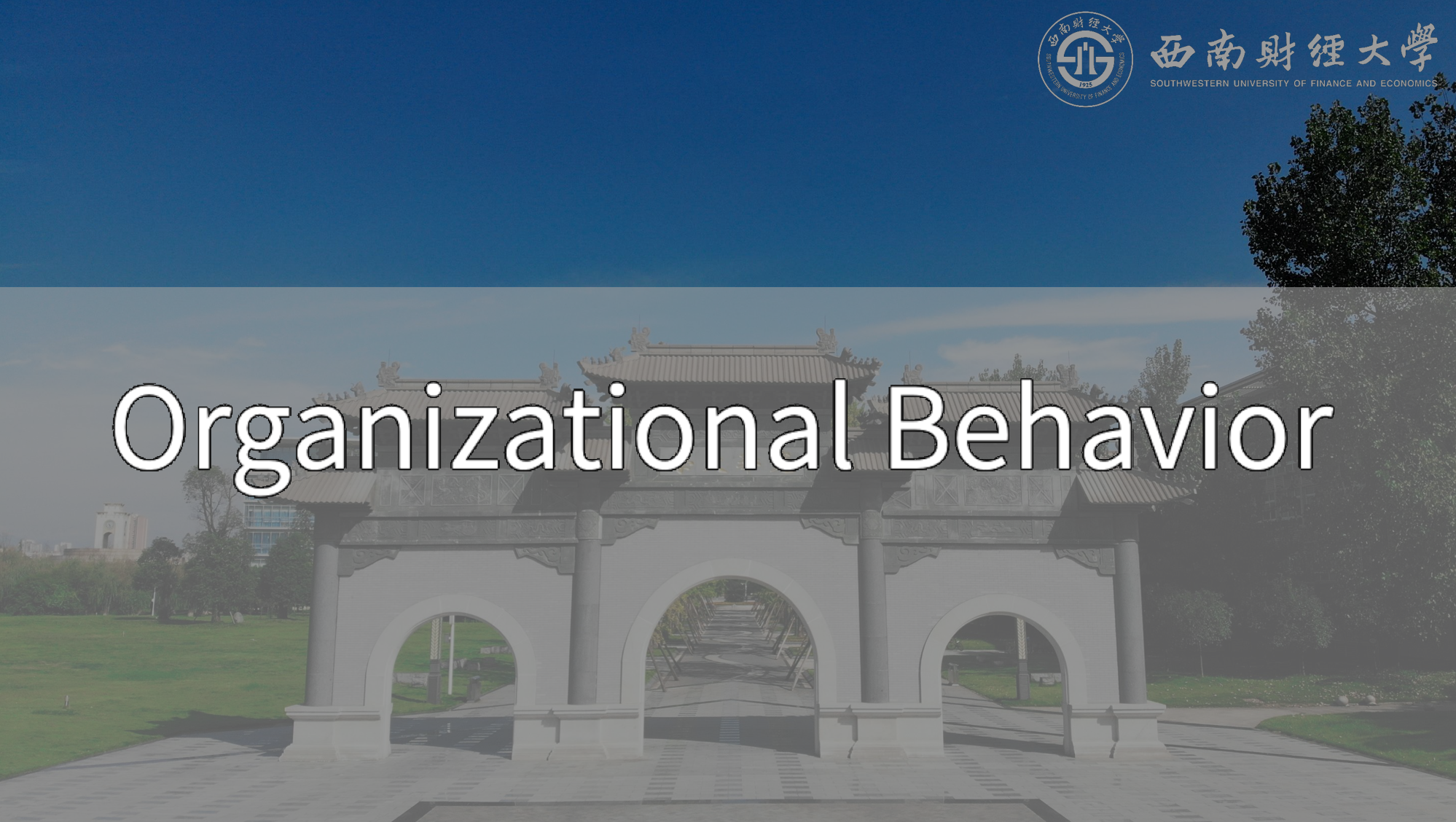
课件内容:
Introduction to OB
1.1 What are organizations?
1.2 What is Organizational Behavior?
1.3 Characteristics of OB
Diversity in organizations
2.1 Diversity in organizations
2.2 Biographical Characteristics
2.3 Ability and Ability-Job Fit
2.4 Diversity management
Attitudes and Job Satisfaction
3.1 Definition and Components
3.2 Attitudes and Behavior
Emotions and Mood
4.1 What are emotions and moods?
4.2 Emotional labor and AET
4.3 Emotional intelligence
4.4 OB Applications of emotions and moods and a case study of Google
Perception and Individual Decision Making
5.1 Perception
5.2 Attribution
5.3 Decision making in organizations
5.4 Ethic in decision making and creative models
Motivation Concepts
6.1 Motivation and early theories
6.2 Contemporary theories of motivation
6.3 Other contemporary theories of motivation
6.4 Expectancy theory and job engagement
Motivation: From connects to applications
7.1 Job characteristics model
7.2 Alternative work arrangements
7.3 Using rewards and benefits to motivate employees
7.4 Using benefits and intrinsic rewards to motivate employees
Understanding Group Behavior
8.1 The importance of Group
8.2 Formal group and informal group
8.3 Playing a role in the group
8.4 Social loafing
8.5 Social conformity
Making a high-performance group
9.1 Group decision making
9.2 Transforming groups into teams
9.3 Types of teams
9.4 Creating effective teams
Leadership: Born or Made?
10.1 Leadership and power
10.2 Leadership and management
10.3 Leaders are born? Trait theories of Leadership
10.4 Leaders are made? Behavioral theories of Leadership
Organizational structure
11.1 What is organizational structure?
11.2 Common Organizational Structures
11.3 Why Do Structures Differ?
11.4 Organizational Designs and Employee Behavior
Organizational culture
12.1 What is organizational culture?
12.2 What do organizational cultures do?
12.3 Creating and sustaining organizational culture
《Organizational Behavior》PPT课件 宁南 西南财经大学
资源下载
资源下载


